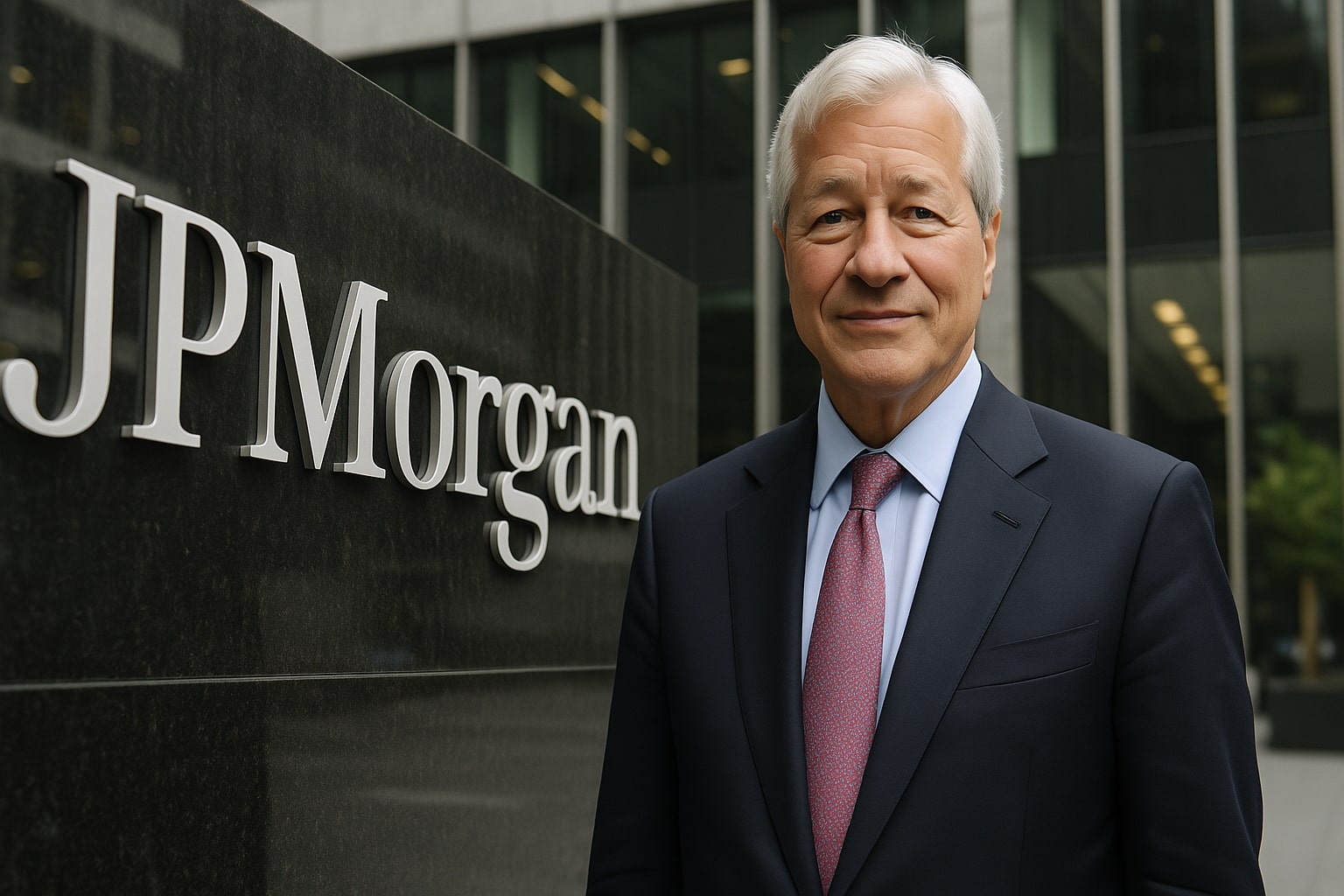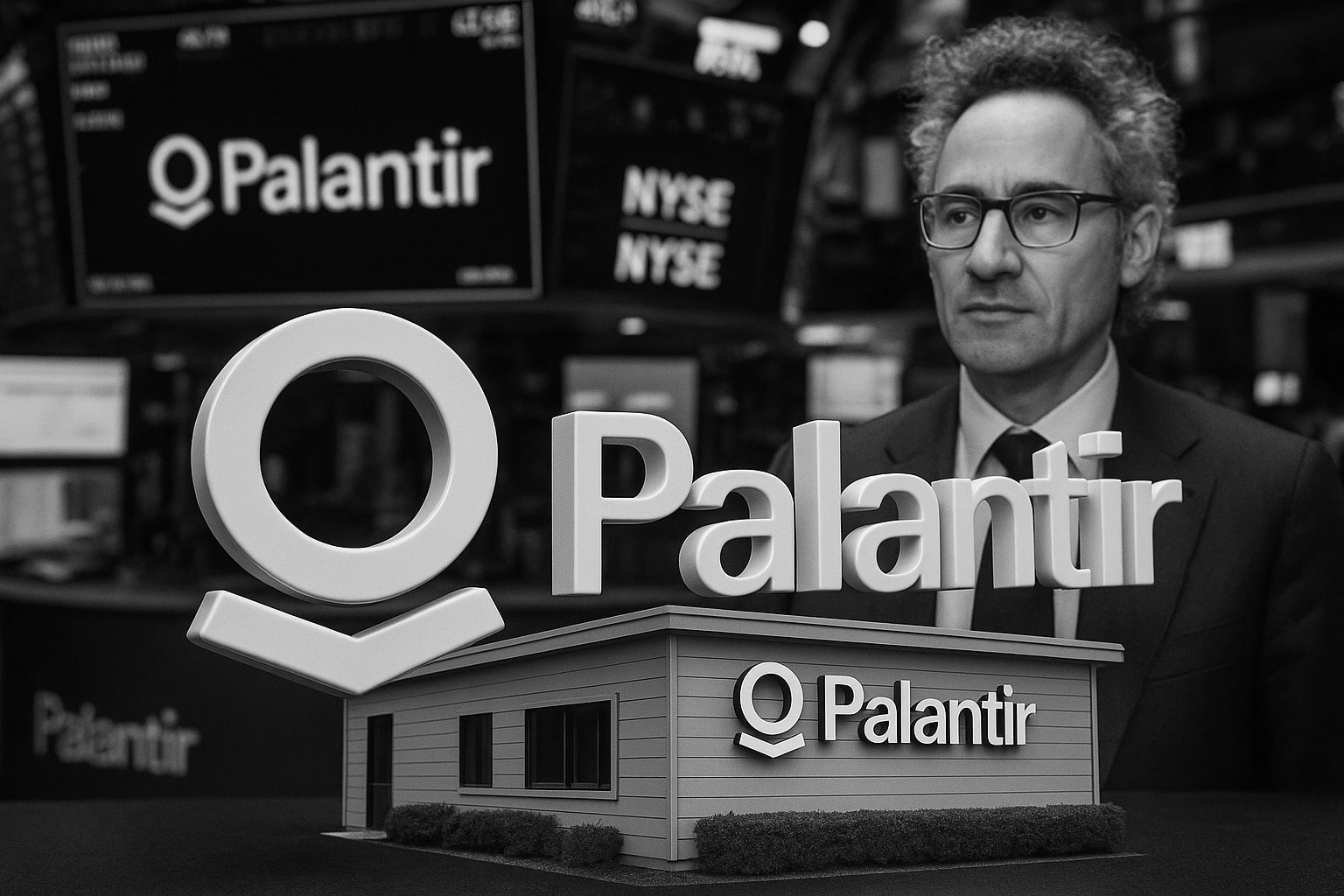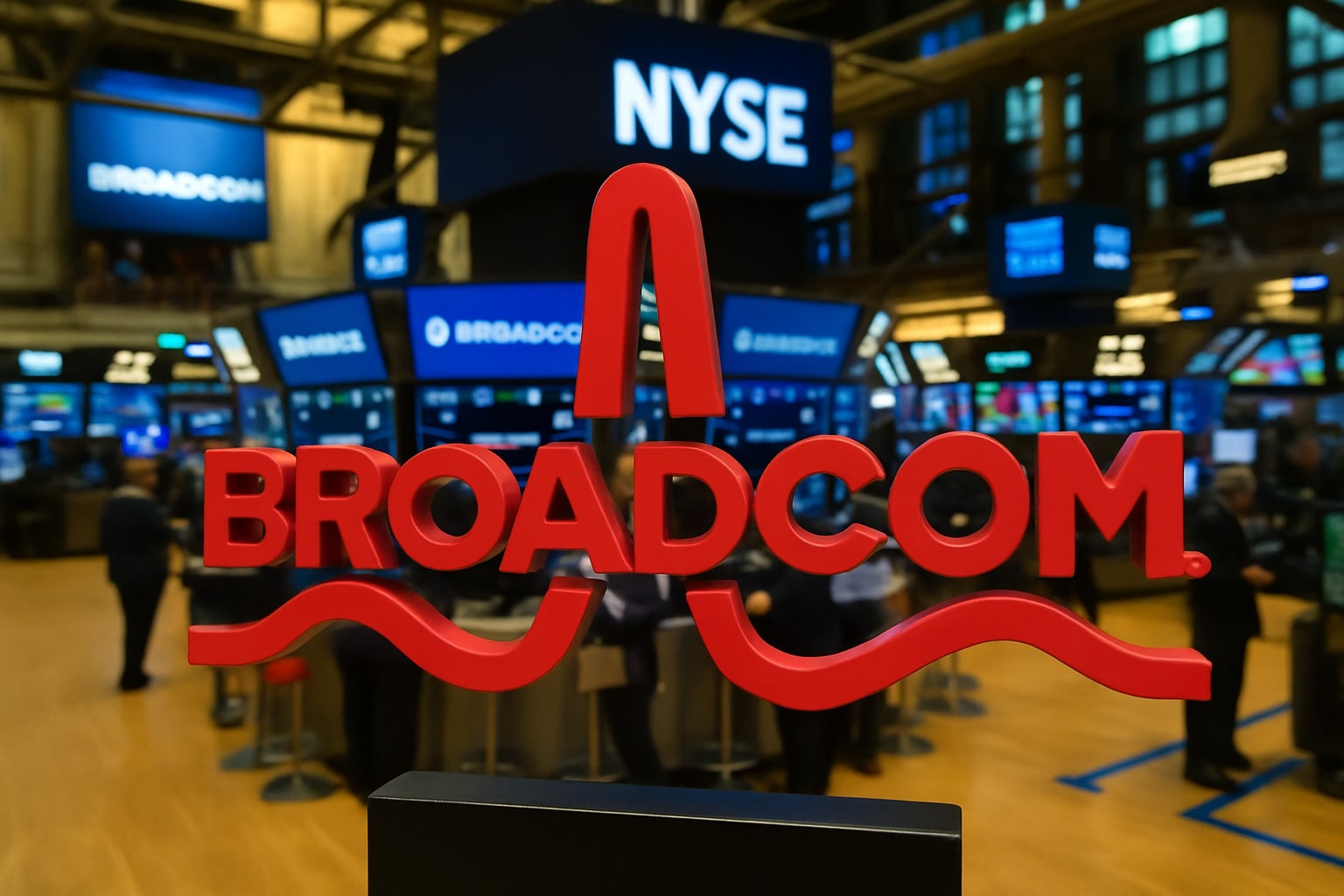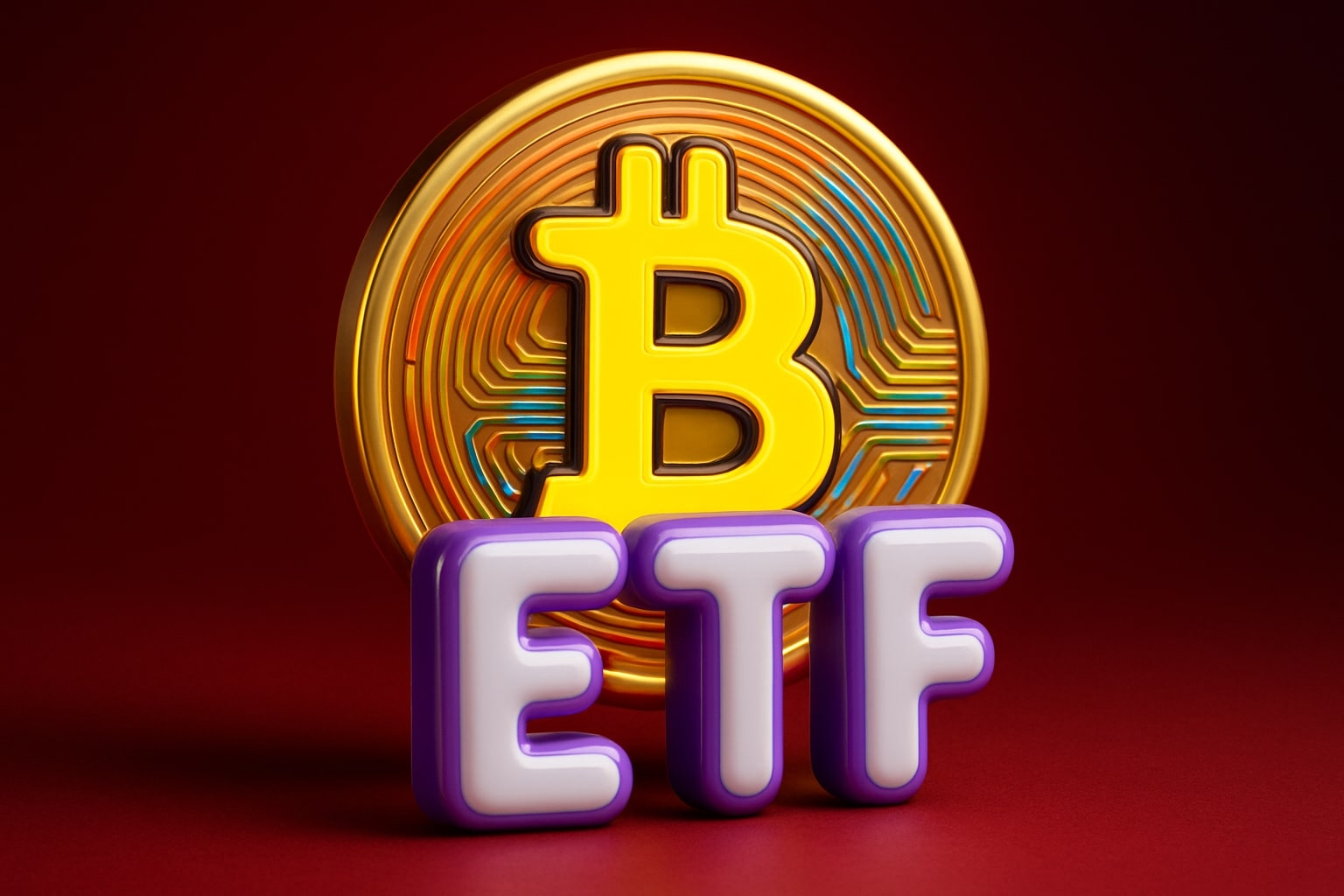JPMorgan Chase & Co. (NYSE:JPM): An In-depth Look at Earnings and Macro Challenges
JPMorgan (NYSE:JPM) Q1 2025 Financial Strength and Performance Amid Uncertainty
JPMorgan Chase & Co. (NYSE:JPM) emerged remarkably resilient in its fiscal Q1 2025 earnings, reporting robust growth despite escalating economic and geopolitical uncertainty. Revenues clocked in at $45.31 billion, marking an 8.05% year-over-year increase, comfortably surpassing market expectations by $1.21 billion. Earnings per share (EPS) also beat consensus significantly, registering at $5.07, up 14.2% YoY, exceeding estimates by $0.43.
Underneath this strong headline performance lies impressive sector-specific strength. The standout was JPM's Corporate & Investment Banking unit, with revenues surging nearly 19% YoY to roughly $11 billion, boosted by an exceptional 48% leap in equity trading revenue—a direct benefit of heightened market volatility since the onset of recent tariff policies. Investment banking fees were another major contributor, rising by 12% YoY, bolstered by improved deal-making environments amid deregulation initiatives. This pushed JPM's market share further, maintaining a dominant position at 9%.
Consumer & Community Banking (CCB), traditionally a resilient segment, showed moderate yet notable strength. CCB saw a 3.7% YoY revenue increase, outperforming recent historical trends. Consumer debit and credit card transactions notably increased by 7% YoY, suggesting robust consumer activity despite underlying economic tensions. Notably, this growth surpassed peers like Bank of America, which recorded just a 4% increase, indicating JPM’s superior positioning in consumer financial services.
Asset & Wealth Management (AWM) continued its trend of double-digit growth, with revenues rising by approximately 12% YoY. A significant driver here was the surge in assets under management (AUM), which expanded 15% YoY, amplifying operational leverage. This resulted in a stellar net earnings increase of 23% YoY for the division, despite heightened credit provisions across the bank.
Rising Credit Costs and Capital Cushion: Navigating Macro Risk at JPMorgan (NYSE:JPM)
While performance metrics remained positive, the bank was not immune to escalating macroeconomic tensions. Provisions for credit losses rose substantially by 37% YoY in the consumer division alone, reaching $3.31 billion, significantly exceeding analyst expectations of $2.70 billion. This increase underscores JPM's cautious outlook toward potential economic downturns linked directly to ongoing tariff disputes and inflationary pressures.
Nonetheless, JPM remains exceptionally well-capitalized, boasting a Basel III Common Equity Tier 1 (CET1) ratio of 15.4% ($280 billion in capital), well above regulatory requirements. This robust capital buffer provides ample room to maneuver should recessionary conditions materialize, allowing JPMorgan flexibility to ramp up reserves and maintain investor confidence through shareholder returns.
Indeed, during Q1 2025 alone, JPMorgan repurchased approximately $7 billion worth of its shares, translating to an annual buyback yield around 5% at current stock price levels near $230. The firm maintains considerable flexibility to increase these returns given its healthy liquidity profile and high capital ratios.
Macro Environment and Tariff Impact on JPMorgan (NYSE:JPM): A Strategic Perspective
Jamie Dimon, JPM’s CEO, candidly described recent market disruptions linked to tariff announcements as a "kerfuffle," acknowledging market panic yet implying confidence in JPM’s resilience. Indeed, JPMorgan's strategic positioning has enabled it to navigate macro uncertainties skillfully, though concerns remain valid.
Tariff-induced uncertainties significantly influence consumer and corporate behavior. The notable uptick in consumer spending observed in JPM's Q1 performance may partly reflect anticipatory buying ahead of potential tariff-induced price hikes, indicating a possible moderation in future quarters if tariffs persist or intensify.
Furthermore, despite elevated volatility benefiting short-term equity trading revenues, sustained trade tensions and resulting global economic slowdown could depress longer-term growth trajectories, particularly in JPM’s investment banking unit, which heavily relies on stable, robust M&A and capital market activities.
Moreover, JPM's own economic analysts have increased recession probabilities to 60% for 2025, heightening the risk of escalated loan defaults and further pressures on credit quality. JPM's proactive stance in reserving for potential credit losses reflects prudent management but underscores inherent macro risks.
Valuation Considerations and Stock Momentum for JPMorgan (NYSE:JPM)
Turning toward valuation specifics, JPMorgan's recent pullback, from highs near $280 per share to current levels around $230, presents a more attractive valuation scenario. JPM shares currently trade at a forward P/B multiple of approximately 1.83x, which, although elevated compared to historical averages around 1.5x, still seems justified given the bank’s superior profitability, diversified operations, and resilient earnings trajectory.
With a projected FY25 book value per share of $148.15 and applying the forward P/B multiple of 1.83x, JPMorgan shares carry a revised price target near $271.00, implying approximately 18% upside from current trading levels. The forward P/E, estimated between 12x-13x based on 2025 EPS projections around $18.30, aligns closely with historical norms (~12x), reinforcing the view that JPM shares, while not severely undervalued, offer compelling investment value given their consistent outperformance relative to market expectations.
Moreover, JPM continues to exhibit positive stock momentum despite recent pullbacks, rated highly for its ability to consistently exceed analyst expectations, reinforcing bullish investor sentiment in a volatile market backdrop.
Risk Assessment and Strategic Cautions for JPMorgan (NYSE:JPM)
Despite the overwhelmingly strong fundamental indicators and superior capital positioning, investors should be cognizant of specific risks. A recession arriving sooner and lasting longer than anticipated remains a key risk factor, capable of significantly elevating JPM's provisioning needs, thereby compressing earnings. This risk is already somewhat evident from the steadily increasing charge-off rates in recent quarters.
Another notable concern is prolonged stagnation in merger and acquisition (M&A) activities. Current FTC guidelines still reflecting previous administration stances continue to stifle M&A, directly affecting JPM's Investment Banking revenues. Unless a clear deregulatory stance emerges, this segment's growth prospects remain uncertain, posing risks to JPMorgan's revenue diversification and strategic outlook.
Additionally, rising deposit and funding costs amid ongoing macroeconomic uncertainty may further compress JPM's net interest margins, despite strong net interest income (NII) guidance at $94.5 billion for 2025. Persistent deposit cost inflation in JPM’s wealth management and corporate banking segments could impact profitability if interest rate environments remain unpredictable.
JPMorgan (NYSE:JPM) Technical Insights and Market Sentiment
From a technical perspective, investors can follow JPMorgan’s real-time chart here for ongoing sentiment insights and price momentum signals. Technically, the recent pullback to around $230 per share, from its previous highs near $280, suggests JPM’s current price sits near critical support levels, offering potentially attractive entry points if long-term bullish scenarios materialize.
Nonetheless, significant resistance remains present around historical valuation peaks, underscoring cautious optimism. Investors should remain vigilant to macroeconomic developments, particularly around tariff policy clarifications and interest rate trajectories, to strategically time potential entry or exit points.
Investment Outlook for JPMorgan (NYSE:JPM)
Considering comprehensive analysis across JPMorgan's Q1 2025 earnings, capital robustness, macroeconomic resilience, and valuation dynamics, JPM remains fundamentally compelling. The bank demonstrates considerable strength in navigating ongoing geopolitical volatility and macroeconomic uncertainties, positioning itself favorably against peers.
Current valuation metrics, combined with robust financial health, steady dividend yields (~2.5%), and ongoing aggressive share repurchases, reinforce JPMorgan Chase & Co.’s attractiveness as an investment. Risks stemming from sustained tariff-induced economic disruptions and potential recessions warrant caution but are mitigated effectively by JPM’s proactive financial management and capital fortitude.
Therefore, despite immediate macro uncertainties, NYSE:JPM offers a robust investment thesis, strategically suited to weather prolonged volatility, warranting a clear BUY stance based on current valuation upside potential and resilient operational execution.



















